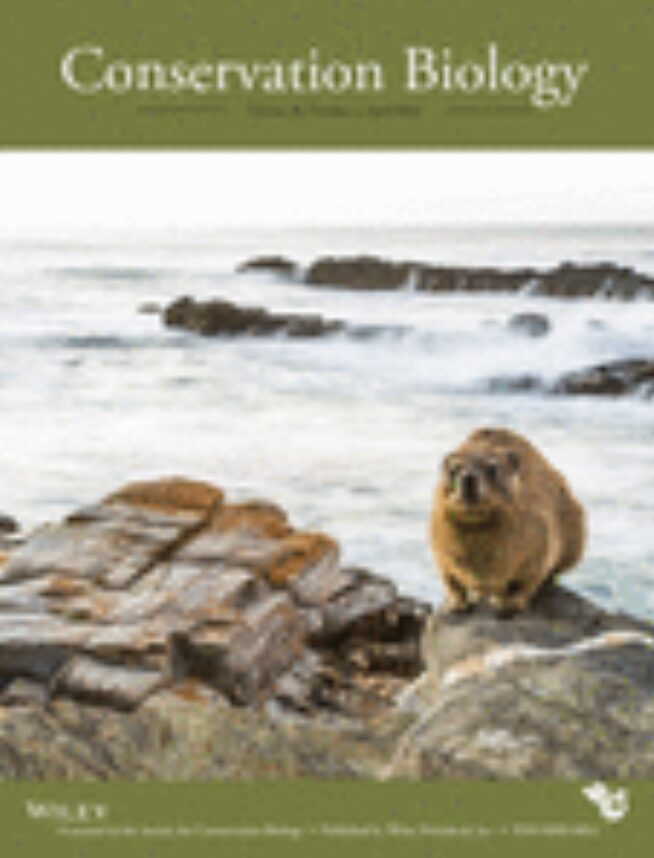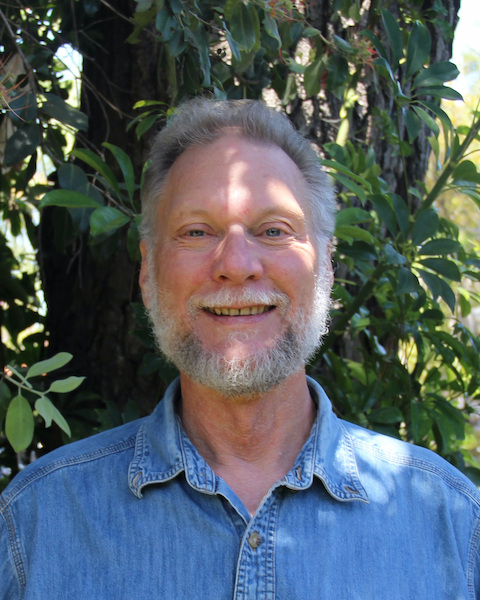Models are commonly used to identify lands that will best maintain the ability of wildlife to move between wildland blocks through matrix lands after the remaining matrix has become incompatible with wildlife movement. We offer a roadmap of 16 choices and assumptions that arise in designing linkages to facilitate movement or gene flow of focal species between 2 or more predefined wildland blocks. We recommend designing linkages to serve multiple (rather than one) focal species likely to serve as a collective umbrella for all native species and ecological processes, explicitly acknowledging untested assumptions, and using uncertainty analysis to illustrate potential effects of model uncertainty. Such uncertainty is best displayed to stakeholders as maps of modeled linkages under different assumptions. We also recommend modeling corridor dwellers (species that require more than one generation to move their genes between wildland blocks) differently from passage species (for which an individual can move between wildland blocks within a few weeks). We identify a problem, which we call the subjective translation problem, that arises because the analyst must subjectively decide how to translate measurements of resource selection into resistance. This problem can be overcome by estimating resistance from observations of animal movement, genetic distances, or interpatch movements. There is room for substantial improvement in the procedures used to design linkages robust to climate change and in tools that allow stakeholders to compare an optimal linkage design to alternative designs that minimize costs or achieve other conservation goals.
Forks in the road: choices in procedures for designing wildland linkages


